For love of the job: A conversation with Betsy Adams of the Michigan Poison Center at Wayne State University
Betsy Adams has worked as a Certified Specialist in Poison Information (CSPI) at the Michigan Poison Center for the 10 years. She was a practicing nurse for 20 years, working the areas of surgery, orthopedics, neonatal intensive care and pediatric and adult dialysis.
Question: What do you think about the Michigan Poison Center’s new location inside the Lande Building on the Wayne State University School of Medicine campus?
Answer: I'm so happy to be at Wayne State and happy to be in a good location. From what I've heard from my coworkers, we're all pretty happy. I love my job and I'm really happy with what we do. I think it's really important and our awareness of the our services needs to be out there more because it's important that people know that we do makes a huge, huge difference.
Q: How as the COVID-19 pandemic affected the Poison Center?
A: COVID has so many people scared and hesitate to go to the hospital. I think our services are so valuable because we are able to triage callers based on the potential severity of exposure and we know when to tell them they should not wait and to go to their nearest ER immediately. Additionally, with COVID, our call volume has increased because people are staying home more and this presents more opportunities for children to be exposed to hazardous products. This pandemic has also led to more self-harm attempts, making our services and help even more critical.
Q: You started 10 years ago as a contingent employee at the Poison Center while still working in adult dialysis. Why did you want to work full time?
A: For somebody who likes medicine and anything technical, it was like being a kid in a candy store. It was just amazing. Every call was so different. There are a lot of variables, but I fell in love with it. I love this job. I love what we do. I love what our mission is. Literally, we do make a difference. We can save healthcare dollars and we write protocols for the health care professionals to follow and manage patients and guide them through this entire process.
Q: What is your role as a CSPI taking calls and working with the staff toxicologists?
A: We are assessing the situation from head to toe. We’re getting the information, whether home or hospital, whatever the exposure is and how the patient is doing. They teach us to look for toxidrome, which are essentially hallmark characteristics of poisoning with certain agents. Then the toxicologists help us identify a class of poisoning, which helps point us in a direction. We go through everything again, from the top to the bottom of the patient. We also answer information request calls, which gives the public at large the opportunity to obtain more information about any product, chemical, plant, mushroom, and so on.
Q: What is your most memorable call to date?
A: The calls I find most rewarding are usually the home call with little kids and the parents. The ones where the parents are the most concerned, you can just hear the panic in their voice. They're ready to scoop the kid up and run out the door to the ER. I think one of the more memorable calls I've ever had is the mom who called about her toddler. “He's naked on top of the refrigerator, and he's into the cupboard where the medicines are locked up. There are pills all over the place. I have no idea what he took.” He ended up having to go to the ER. But the mom stated, “he’s naked and he climbed up on top of the refrigerator.” The child climbed up like a mountain-climber. The idea is to keep calm with them. You have to put yourself in their shoes.
Q: What happens if you determine the caller or patient should go to the emergency room?
A: Usually, we tell them they need to hang up and call 911. If we're sending them to the emergency room, we usually get their information, find out which hospital they're going to, and we call and let the facility know the patient(s) is/are on their way so they are not left not sitting out in the ER triage area.
The interview has been edited for clarity.

